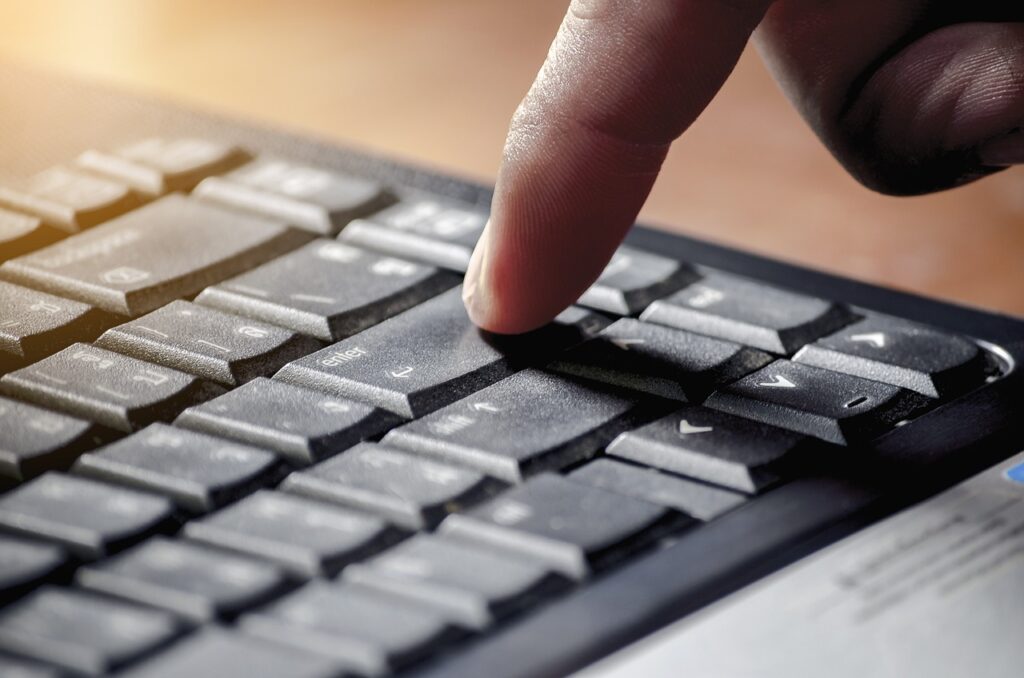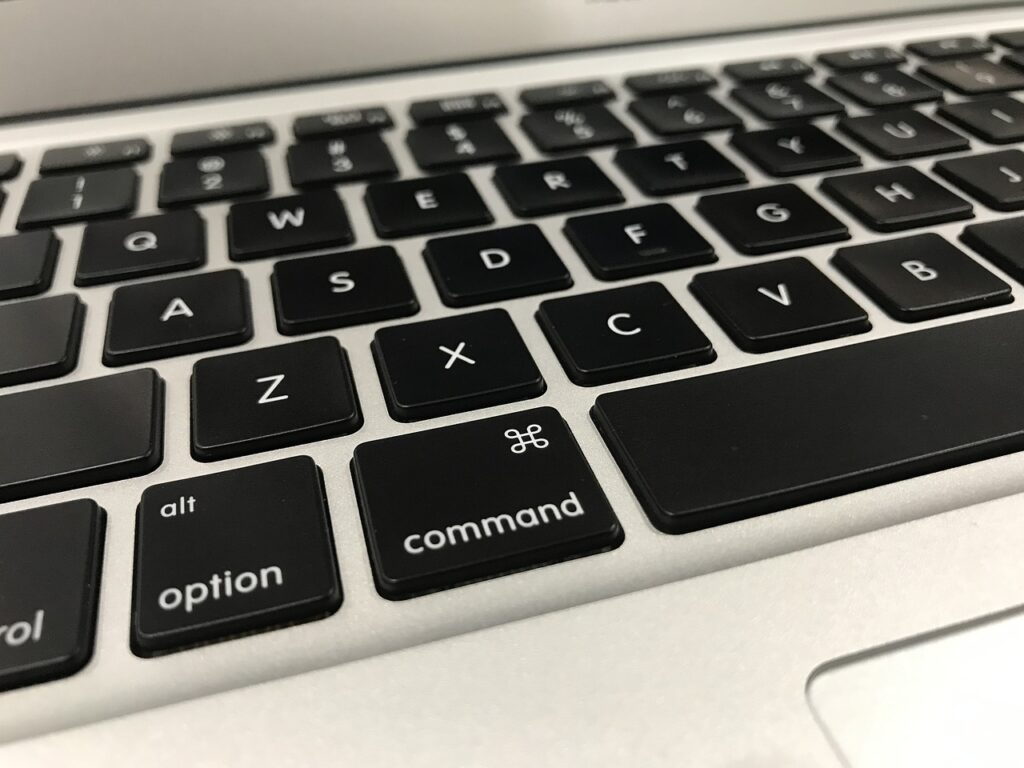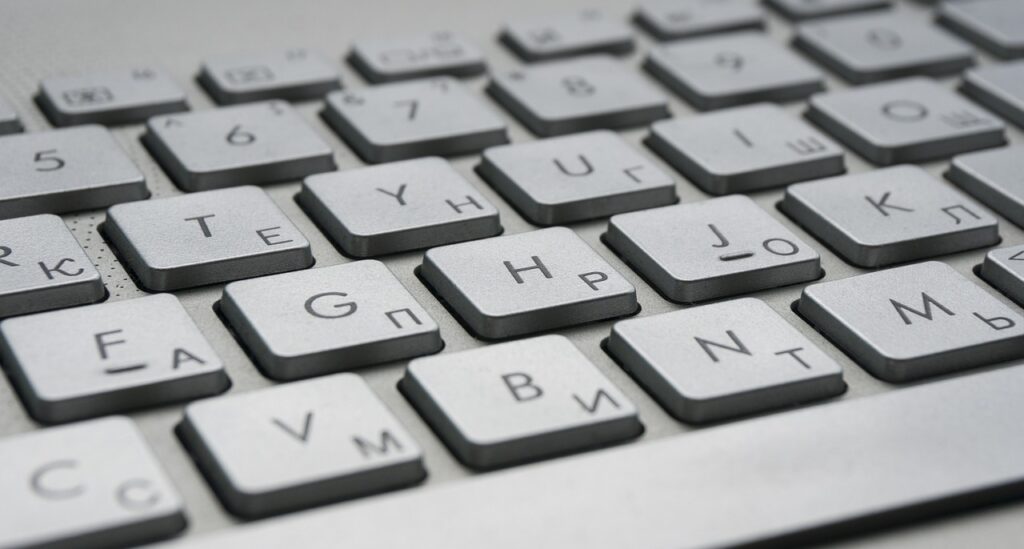Keypad are the other types of input devices which are physical but found in almost all devices starting with the phone, calculators and ATM. Here’s a detailed analysis of the advantages and disadvantages of keypads:
Advantages of Keypads:

Simple and Easy to Use:
Keypad: Leverage is mostly easy to understand and to manage especially when using the keypads. They generally come with little or no training necessary because if the keys are labeled and come in standard formats, such as the num pad keys, then the user should be able to understand their function.
Physical keypad press provides haptic feedback – the user will feel as if the button has been pressed when it actually has.
Low Power Consumption:
Keypads especially the physical type are constructed in an uncomplex manner and they barely power up. This makes them ideal for equipment such as calculators, remote control devices and old generation mobile phones where power conservation is a major strength.
Compact Design:
Keyboards can be made compact depending on the design of the piece of equipment that it is being fitted onto thus can mostly be seen in delicate pocket gadgets, portable items, or incorporated gadgets.
Durable:
Mechanical keypads are very robust and can help handle long-term use and this can be experienced from the use of keypads that include the membrane and mechanical types. A properly sealed computer furniture is not easily affected by dust or water in the environment.
Modern touch keypads or touch panels are also very durable when used together with modern technically enhanced scracth resistant materials.
Quick Data Entry:
Keypads are most useful for terminals such as phones, ATM’s, illumination controls and specific machines that require quick data input and selection without difficulty or the need to input a number of times.
Feedback given through touch as implemented in the early keyboard backboards boosts typing speed and effectiveness.
Security (PIN Entry):
Security applications include but are not limited to ATM machines, POS systems, and safes as well as the use of physical keypads. The discrete, touch-base entry of the PINs and codes keep off prying eyes, since the information cannot be seen by anyone next to them.
Versatility:
Keypads have different layouts The keypads are of different types of designs such as numeric keypad, alpha numeric kepad and functional keypads and thus can be easily integrated by designers to different products.
It is easy to introduce changes in a touchpad interface to accommodate certain use in homeowners, automobiles, factories, and other places.
Disadvantages of Keypads:

Limited Input (for Complex Tasks):
This type of input can be slow and unproductive especially for keypad when compared with other input instruments such as touch screens, voices control or full QWERTY keyboards.
To type along the lines of long menus or entering a number of words one has to go through a keypad which feels tiresome.
Ergonomic Issues:
Subtype 1 concerning the use of physical keypads reveals that some keypads, especially those with relatively small keys, such as those of old mobile phones, may cause finger fatigue or discomfort.
Typing mistakes occur more frequently with the keys on a small keypad thereby frequently producing errors or slow typing.
Wear and Tear:
Eventually, the physical keypads, particularly the membrane or rubber ones, become less responsive, or cause a decline in the general user interface quality.
Some of the physical buttons on the keypad can jam, leaving the keypad completely non-functional and may need to be repaired or replaced.
Limited Features (Touchscreen Keypads):
On the one hand, touchscreens are able to copy the physical keypads, but on the other hand the absence of the tactile feedback can cause some errors. Some of the users may not be very much certain as to whether the press of a certain button has registered especially in situations that do not allow feedback in the form of vision.
The touchscreens may also get dirty or contain fingerprints, which may make the system slow or have a complicated design.
Security Concerns (for Physical Keypads):
There are some physical keypads, for example, PIN or password input keypads that may be subjected to something called as shoulder surfing.
In some conditions, keypads can be interfered, where they are not installed firmly or designed properly.
Limited Adaptability:
Customization is possible in some digital keypads, but not in physical ones; hence they are not versatile. For instance, a keypad may contain extra buttons which are not required, or, on the other hand, missing buttons which would be required to perform a specific operation.
If a user requires more functionality then he requires a complex input system, like touch screen or keyboard input.
Cost:
Biometric keypad or keypad with additional keys, the manufacturing cost of an advanced keypad is fairly high.
Although touch screen keypads are more flexible and probable contain many useful additional functions, they may be more costly to purchase and possibly entail higher levels of maintenance and repair.
Space Constraints (for Physical Keypads):
Keypads are compact, yet in some devices, where the screen size itself is constrained, one more component, a physical keypad reduces the screen size even more for other uses.
Summary
Touch pads are quick, easy and long lasting for many products and gadgets. They are most useful in circumstances where space is limited, security is an issue, or low power consumption top-priority. However, they are constrained by issues to do with great difficulty in executing rigorous tasks, ergonomics, frequent breakdowns, and vulnerability to security breaches. In light of this it depends upon the practicalities of the requirements of the device and the users of the device.
